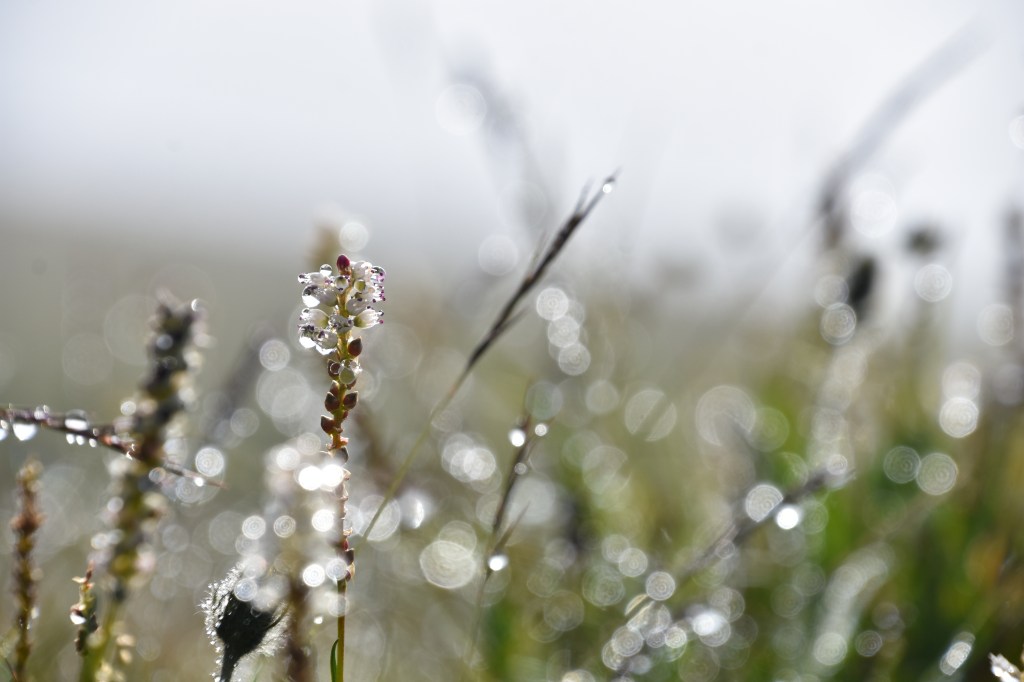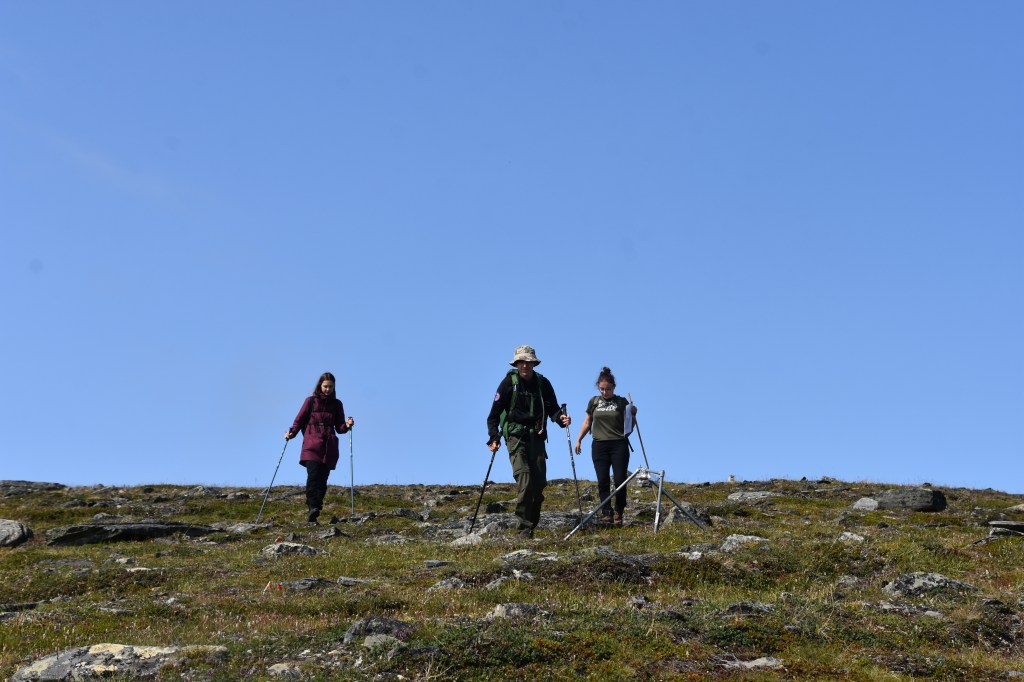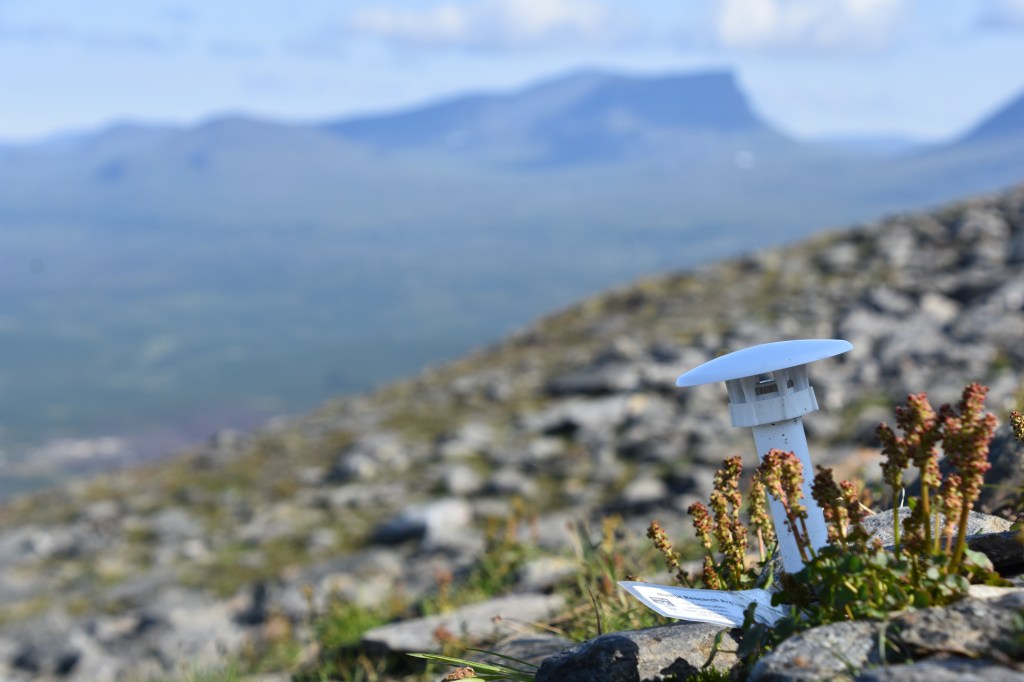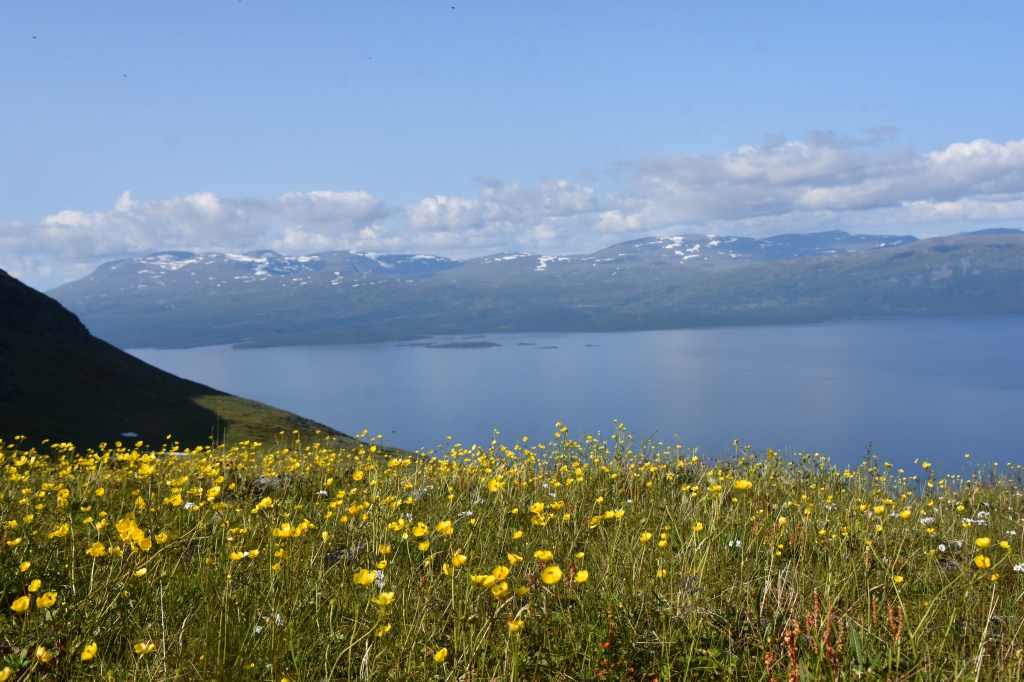It was a misty morning in the heart of July, yet the sky held the promise of turning into a brilliant blue canvas. Our team embarked on a short but steep hike to conquer the summit of mount Nuolja, setting out for an extraordinary day immersed in one of the most captivating long-term monitoring endeavors I have ever come across: the Fries-gradient.

Back in the years spanning from 1917 to 1919, Thore Fries dedicated himself to a meticulous scrutiny of the vegetation along a linear track from the mountain’s base to its rocky peak. With unwavering determination, he ascended and descended the mountain every five days throughout those three summers. Armed with an acute eye, he recorded each species he encountered, meticulously documenting their phenological stages – whether they were budding, flowering, producing seeds, or succumbing to the passage of time.

Fast forward to 2017, when a team of scientists from Abisko’s Climate Impact Research Center (CIRC), led by my friend and mentor Dr. Keith Larson, embarked on an audacious mission: to resurrect that century-old monitoring transect. This brilliant initiative, as you might intuitively feel, holds tremendous promise. A long-term investigation of this nature can furnish us with invaluable insights into the intricate interplay between climate change, species distributions, and phenology.
However, the reason why this long-term survey is even more special than others of its sort, is Thore Fries’ remarkable foresight during his era. He marked his trail with sturdy wooden poles, placed at regular intervals spanning from the mountain’s base to its top. A significant number of these poles endured the test of time, marking the exact survey locations even a century later. Thanks to additional careful documentation by Fries himself, the precise locations of the remaining markers were successfully deduced. The ‘Fries’-gradient thus stands as one of those exceedingly rare instances of century-old vegetation surveys where we are gifted with the EXACT coordinates of the original investigation.

In recent years, our team has joined forces with Keith’s, uniting our strengths to keep this monitoring endeavor alive. We have not only ‘pimped’ the gradient with our beloved microclimate sensors but are now also faithfully undertaking the pilgrimage to the mountain’s summit each summer, diligently observing and documenting the ever-changing plant life.

This year, we have master student Beau ready to dive into the wealth of data. Beau will capitalize on the astonishing fact that over the course of three summers in the 1910s and an additional seven summers in recent years, the plant species have been subjected to a watchful eye every five days. This cumulative effort has yielded a remarkable collection of nearly 300 vegetation surveys along the same transect. An unprecedented dataset, indeed, poised to address a long-standing query that has intrigued plant ecologists for generations: how frequently must we monitor a plot or region to observe all of its resident species?

In many instances, constraints limit us to just one single visit to a given plot. Yet, due to a multitude of factors including seasonality, year-to-year fluctuations, observer bias, and numerous others, a singular survey often falls dramatically short of capturing the full spectrum of species within an area. We all know it – but there is little we can do about it.

How many revisits that takes, and which species are most often overlooked and when, that’s what Beau will try to find out. All this, of course, once we manage to tear our eyes away from the captivating vistas of mount Nuolja on a sunny summer day.







































































































































































































































































































































































































































































































































































































































































































































































































































































































































































































































































































































































































what a beautiful sequel story, and how detailed your description.
Thanks for sharing this.
A good post on ecologists and climate change. Thank you 🌍👍